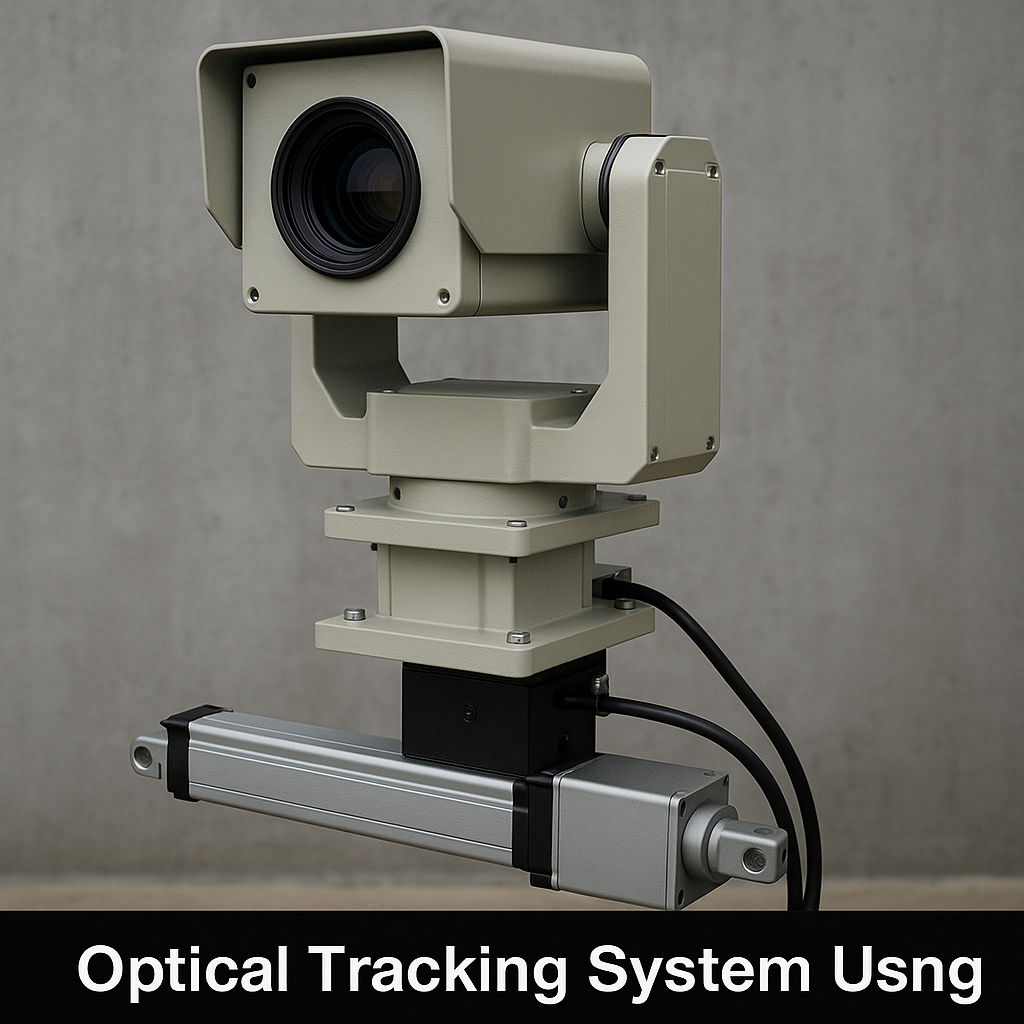Earlier this year, our team received a call from a defense contractor based in Hyderabad. They had a specific requirement — a stable optical tracking platform that could monitor movement across a wide field of view, even at extreme zoom levels.
Their current setup used a traditional servo motor for pan-tilt movement, but there was a major problem: shaky visuals and inconsistent tracking. The camera feed would vibrate slightly during movement, and when zoomed in, even a small jerk looked like a major shake on screen.

Their question was simple:
“Can you give us a rock-solid tracking system with accurate, slow, and smooth movement — without any hydraulics or air systems?”
We said yes.
And that’s where electric linear actuators entered the picture.
The First Prototype: Simple but Smart
We designed a dual-axis tracking system using two compact electric linear actuators:
- One actuator controlled the horizontal (pan) movement
- Another actuator handled the vertical (tilt) angle
The base was custom-fabricated in-house with vibration-dampening mounts, and the actuators were integrated with a programmable timer-based controller that could define movement intervals down to the millimeter.
When we mounted their high-zoom camera on our prototype and powered it on for the first test, the client stood silently, watching the slow pan and tilt — without even a flicker of vibration.
Field Test: Wind, Dust, and Accuracy
The real challenge came during field testing. We installed the unit on a 12-meter-high tower at their testing site near the outskirts of the city. The camera had to continuously track across a 160° field during both day and night.
The results?
- Perfectly stable video, even at 60x zoom
- Smooth tracking, no jerks, no motor sound
- Dustproof performance, with actuators running maintenance-free
The client even joked,
“We’re watching the wind move tree branches, but the camera itself doesn’t move an inch.”
Why Linear Actuators Made the Difference
What really changed the game wasn’t just our mechanical design, but the choice of linear actuators instead of rotary motors. Here’s why:
- Electric actuators provide straight-line motion with high precision
- No hydraulics, so zero risk of leaks or pressure drops
- They’re compact, quiet, and require zero maintenance
- Easy to control using PLC, timers, or remote inputs
- Long service life even in outdoor, dusty, and hot environments
Expanding to Other Use Cases
After this project, we’ve now adapted the same actuator-based tracking system for other industries too:
- Wildlife researchers use it to mount cameras that follow animal movement without scaring them
- Factories are using it to position vision systems for quality inspection
- Traffic control centers are now upgrading to actuator-based camera systems for continuous road monitoring
Final Words: Precision in Every Movement
This project reminded us that sometimes, the smartest solutions are also the simplest ones. By replacing complex gearboxes and jerky servo motors with our precision electric linear actuators, we built a stable, reliable, and cost-effective optical tracking platform.
Now, whether it’s a security team monitoring a border or a scientist tracking the sky — they can trust every movement, every frame, and every signal… thanks to linear motion.

Thank you for this Post